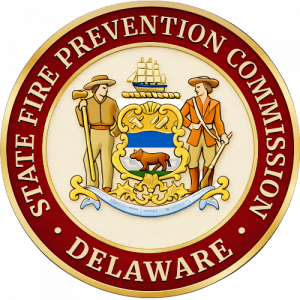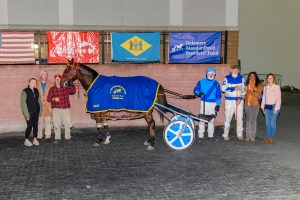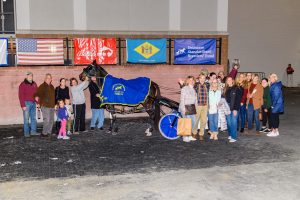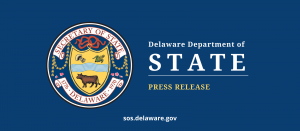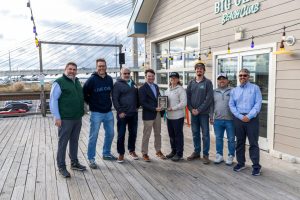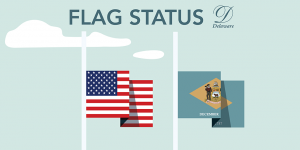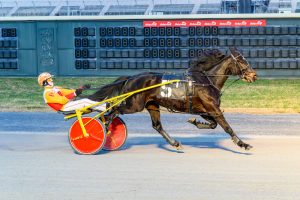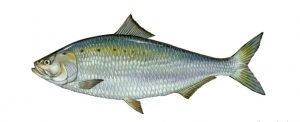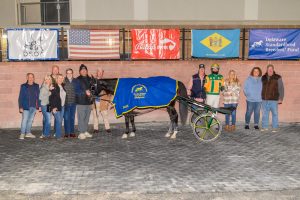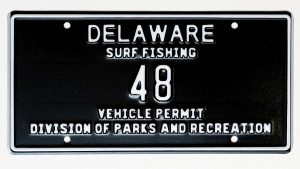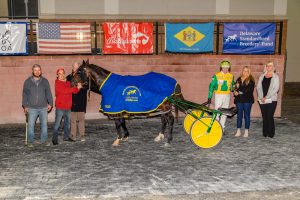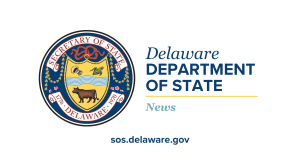DOVER – When a new shellfish grower recently placed his first shipment of tiny oysters in growing cages in Rehoboth Bay, it marked the physical start of Delaware’s shellfish aquaculture program administered by the Department of Natural Resources and Environmental Control’s Division of Fish & Wildlife. “Planting” the tiny oysters on leased acreage was the realization of an idea that began in 2012 with conversations between DNREC, the Delaware Department of Agriculture, the Center for the Inland Bays, Delaware SeaGrant, and stakeholders – and which led to legislation in 2013 authorizing commercial shellfish aquaculture in Delaware’s Inland Bays.
“We see this as a significant first step in the development of the new shellfish aquaculture industry,” DNREC Secretary Shawn M. Garvin said. “We are making great strides in the Inland Bays in improving water quality and the ecology, and shellfish aquaculture contributes to achieving those goals. It is very encouraging to see this first seeding of what will become the foundation for commercially-grown oysters and hard clams in Delaware.”
In addition to the leaseholder cited above, DNREC’s Shellfish Aquaculture Program has received 23 lease applications to date for the new industry. If all of these applications are approved after the review process, 126 acres will be leased for shellfish aquaculture in the Inland Bays – with maximum acreage limited by law to 5 percent of Rehoboth and Indian River Bays, and 43 acres in Little Assawoman Bay. NOTE: Outside of the leased shellfish aquaculture acreage, the Inland Bays are accessible and open to recreational fishing, crabbing and clamming, subject to Delaware’s normal recreational fishing license and regulation requirements.
Applications for shellfish aquaculture leasing are continuously being accepted and evaluated by the Division of Fish & Wildlife. On May 10, DNREC updated the Inland Bays interactive shellfish aquaculture maps to reflect acreage currently available for lease. (For more information on the program, the latest information on the shellfish aquaculture webpage on the DNREC website.)
As with the tiny oysters sown by the new grower in Rehoboth Bay, acreage already leased is showing signs of shellfish aquaculture activity. Throughout spring, shellfish growers have been arranging to purchase young oyster and hard clam “seed” to place on their Inland Bays’ leases. These planted shellfish are very small now, but will grow to market size. Shellfish aquaculture is considered environmentally “green” as an industry because shellfish filter the water and get all their nutrition from it. The filtering and feeding of the oysters can result in the reduction of excess nutrients such as nitrogen that cause algal blooms and decrease water clarity.
It is also expected that the new shellfish aquaculture program will result in a boost for Delaware’s economy. The National Atmospheric and Oceanic Administration (NOAA) Fisheries estimated that in 2015, US shellfish farmers produced an estimated $295 million in product. The Virginia Institute of Marine Science estimated that the value of the oysters and clams sold in Virginia alone in 2017 was $56.6 million. In time, and with a lot of care and attention from the state’s new shellfish growers, the Inland Bays-grown oysters planted this spring will be available for sale in a year or two.
Media contact: Michael Globetti, DNREC Public Affairs, 302-739-9902
Vol. 48, No. 127
-30–


